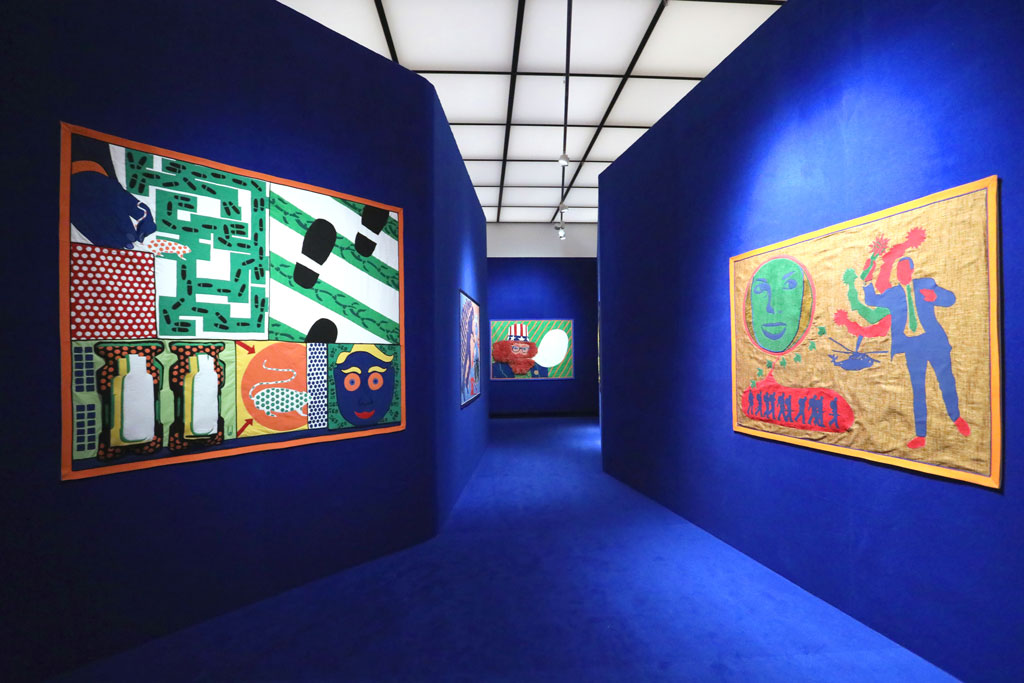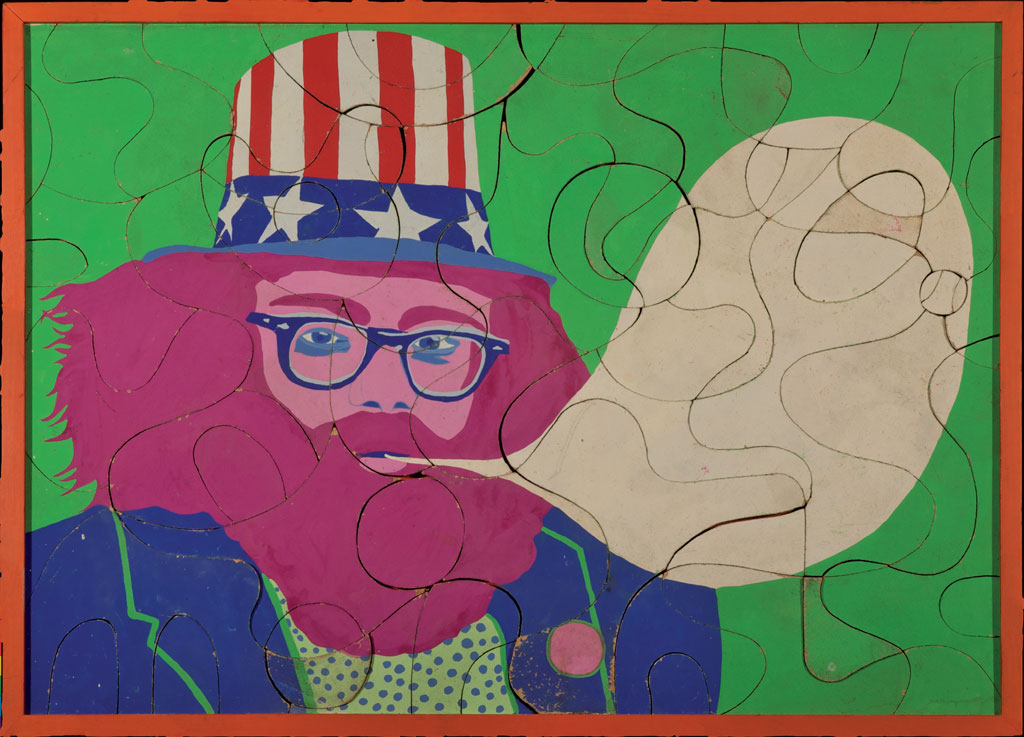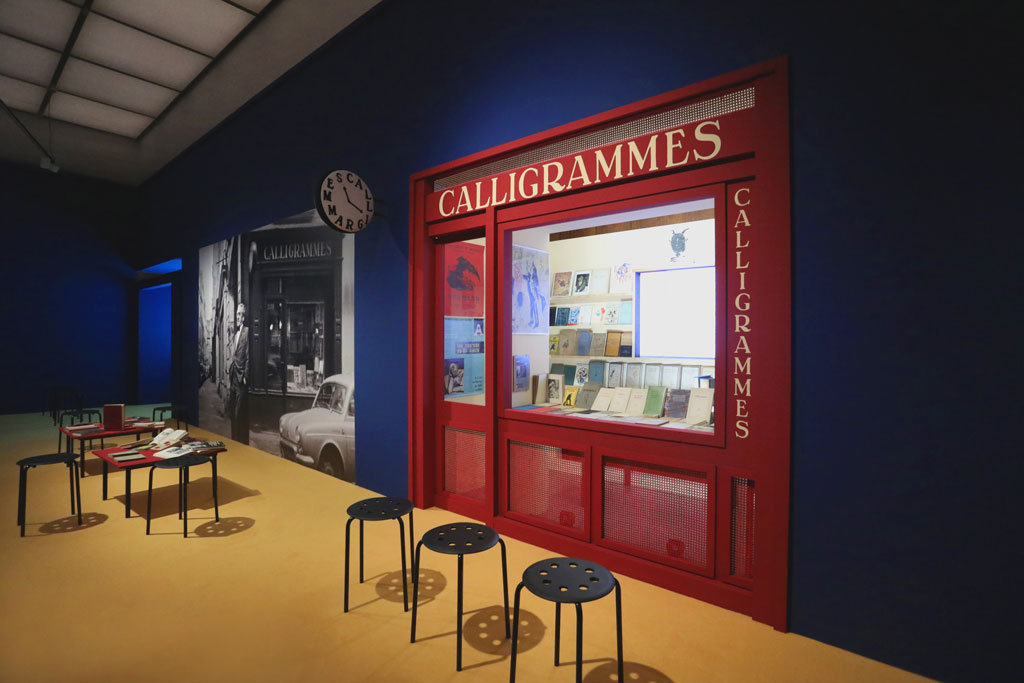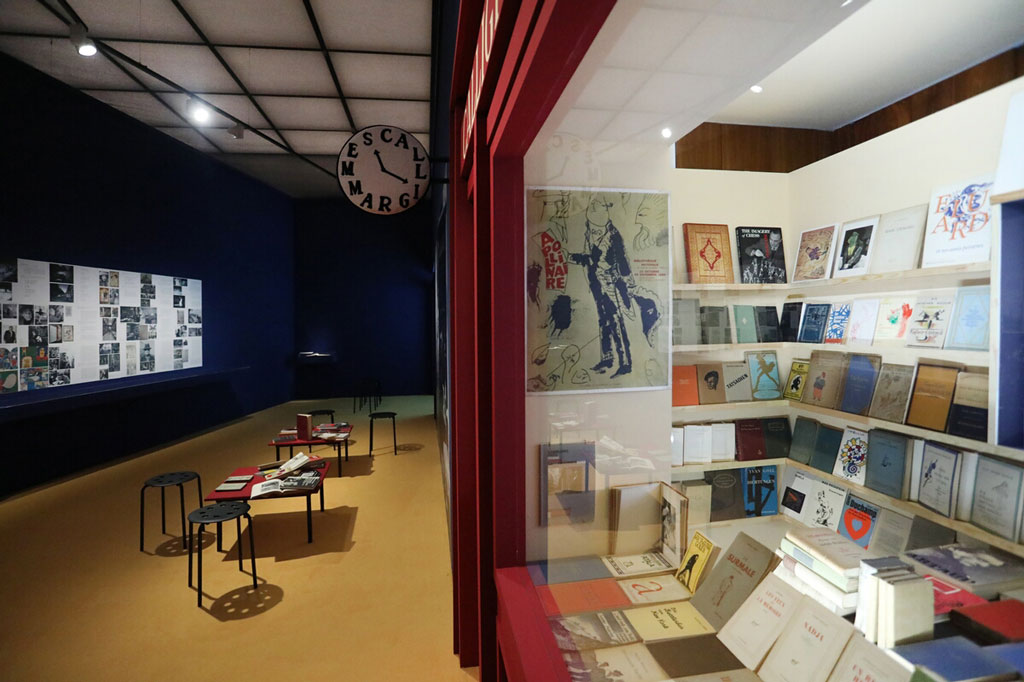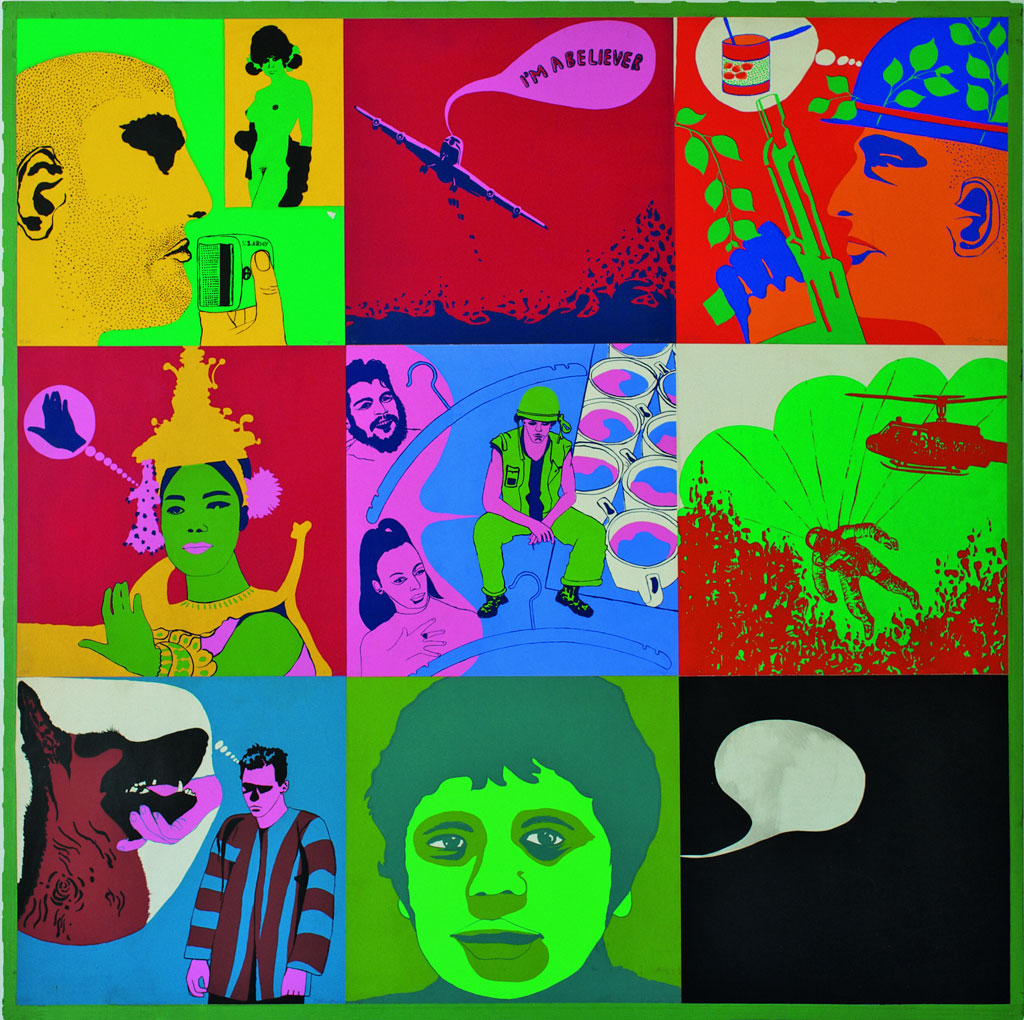ART CITIES:Berlin-Ulrike Ottinger
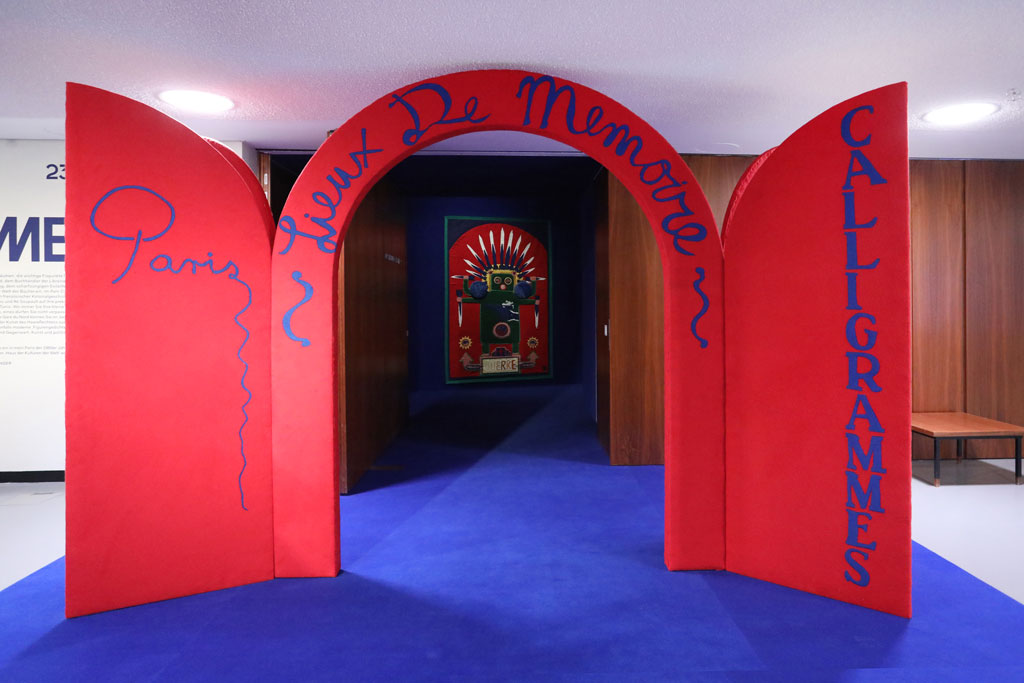 In the grip of political upheavals, Paris of the 1960 attracted artists from all over the world and was a pulsating stream of energy hovering between trauma management and the utopia of Europe. Between the new beginnings after the Second World War, to the Algerian War and the student protests of 1968, Ottinger weaves her observations into a figural poem. Memories of the Parisian bohème and decolonial movements meet images of a multi-ethnic society.
In the grip of political upheavals, Paris of the 1960 attracted artists from all over the world and was a pulsating stream of energy hovering between trauma management and the utopia of Europe. Between the new beginnings after the Second World War, to the Algerian War and the student protests of 1968, Ottinger weaves her observations into a figural poem. Memories of the Parisian bohème and decolonial movements meet images of a multi-ethnic society.
By Dimitris Lempesis
Photo: Haus der Kulturen der Welt Archive
Ulrike Ottinger, moved from the small-town of Konstanz to the city at the age of 20. The exhibition “Paris Calligrammes – A Memory Landscape” by Ulrike Ottinger shows her Paris of the 1960s, when she lived there as a visual artist. It draws the city as a pulsating energy stream between trauma coping and utopia of Europe, as an antidote to racism and fanaticism of the former colonial power of France. With her own artistic-ethnographic view, Ulrike Ottinger links historical reports and pictorial representations with her personal archive material and film footage. In the exhibition Ulrike Ottinger links historical archival material with her own art and film works to create a sociogram of her time as a visual artist in Paris. From the “Librairie Calligrammes” a meeting place of exiled German intellectuals, to the “Cinémathèque française” which sparked her love of film, she charts a city and its utopias. They live on in Ulrike Ottinger’s collaged landscape of memories in a workshop exhibition complimenting her film “Paris Calligrammes” (2019). Ulrike Ottinger grew up in Konstanz, where she opened her own studio at an early age. From 1962 until 1968, she lived and worked as an artist in Paris, where she exhibited at the Salon de la Jeune Peinture and elsewhere. She studied etching techniques at the studio of Johnny Friedlaender and attended lectures at the Sorbonne on art history, religious studies, and ethnology with Claude Lévi-Strauss, Louis Althusser and Pierre Bourdieu. In 1966, she wrote her first screenplay, entitled “The Mongolian Double Drawer”. After returning to West Germany, she founded the “filmclub visuell” in Konstanz in 1969, as well as the “galeriepress” gallery and press, presenting Wolf Vostell and David Hockney, among others. With Tabea Blumenschein, she realized her first film “Laocoon & Sons” in 1972-73 which had its premiere at Arsenal Berlin. She moved to Berlin in 1973, where she filmed the happening documentation “Berlinfever-Wolf Vostel”. After “The Enchantment of the Blue Sailors” (1975), with Valeska Gert, came the female pirate film “Madam X” (1977), a coproduction with the ZDF television network. The film was a sensation, and prompted substantial controversy. Her “Berlin trilogy” began with “Ticket Of No Return” (1979), followed by “Freak Orlando” (1981) and “Dorian Gray In the Mirror Of The Yellow Press”. “China. The Arts-The People” (1985) is the first in a series of long documentary films made in the course of Ulrike Ottinger’s travels through Asia. She made the narrative film “Johanna D’Arc Of Mongolia” (1989, followed three years later by the eight-hour documentary film “TAIGA”. Alongside her journeys to the Far East, she applied a virtually “ethnographic” attention to the changes taking place in her own city between the fall of the Berlin Wall and German reunification in the documentary film “Countdown”. After the documentary film “Exile Shanghai” (1997), her travels took her to southeast Europe, where she once again created a documentary film and a narrative film: “Southeast Pssage” (2002) and “12 Chairs” (2004). “Under snow” (2011) uses the elements of kabuki, poetry and documentation in a magical way to describe life in Japanese snow land Echigo. For “Chamissos Shadow” (2016), Ulrike Ottinger traveled for months on the trail of Adelbert von Chamisso through the far-flung regions of the Bering Sea. Her longest documentary (12 h) so far, interweaves beautiful landscapes with ethnological insights and personal experiences
Info: Haus der Kulturen der Welt, John-Foster-Dulles-Allee 10, Berlin, Duration: 23/813/10/19, Days & Hours: Mon, Wed & Fri-Sun 12:00-19:00, Thu 12:00-22:00, www.hkw.de/en/index.php
